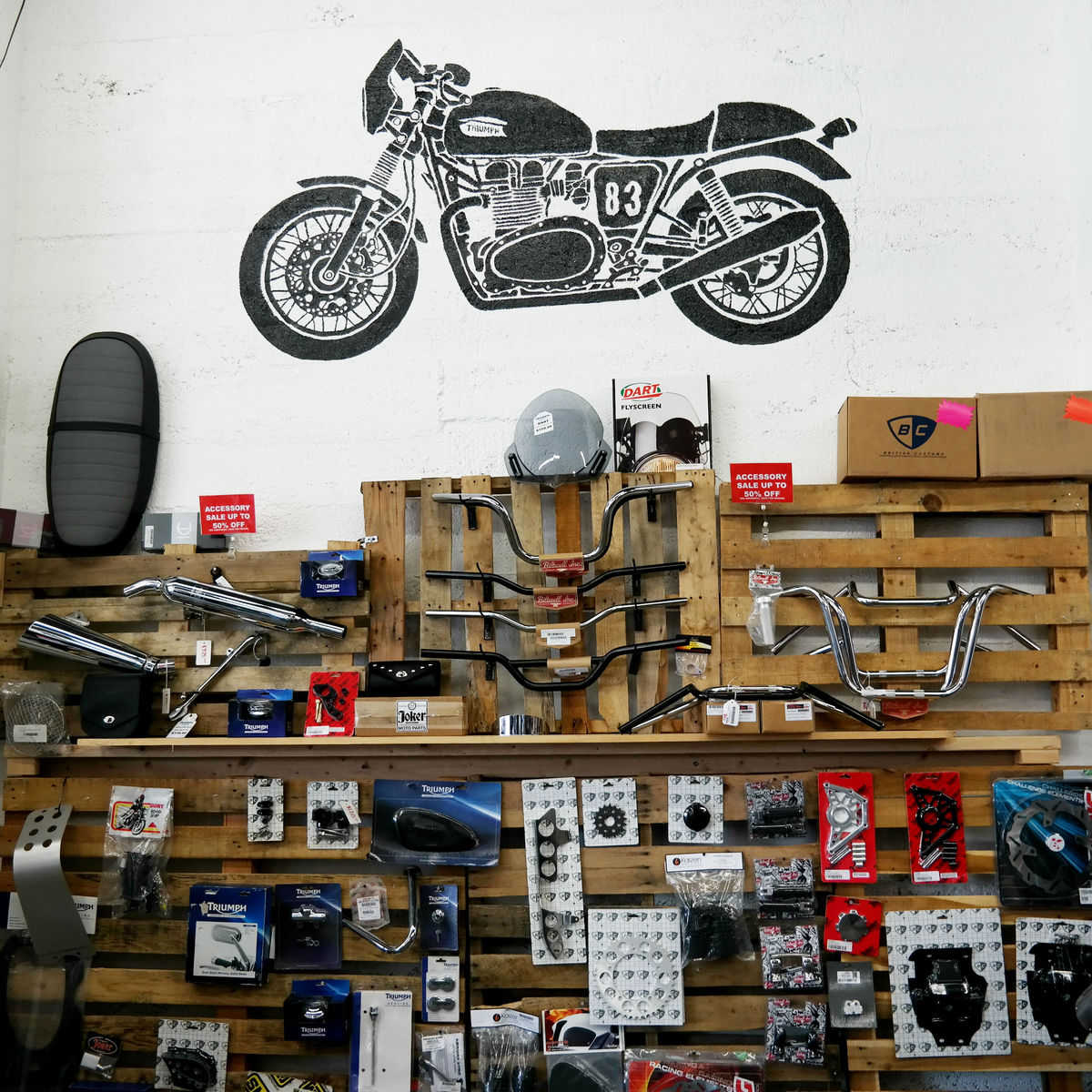Leading MX Gear NZ: Get Ready for Your Following Off-Road Journey
Leading MX Gear NZ: Get Ready for Your Following Off-Road Journey
Blog Article
Mastering Bike Gears: Just How to Enhance Your Riding Experience
In the world of motorcycling, grasping the art of gear manipulation is important for enhancing your riding performance. Effectively using and understanding bike gears can substantially impact control, acceleration, and fuel efficiency, changing a typical experience into a seamless, electrifying trip. By incorporating specific shift timing and adapting equipment option to different roadway conditions, cyclists can ensure optimum engine performance and safety and security. The subtleties of clutch control, throttle control, and gear auto mechanics bid a much deeper expedition, promising to unlock the complete potential of your equipment. Exactly how can these strategies be harnessed to absolutely optimize your riding experience?
Understanding Gear Mechanics
How do the complexities of gear mechanics affect motorcycle performance? At the core of motorbike characteristics, equipment mechanics play a critical role in converting engine power right into movement, eventually determining rate and control. Gears, carefully crafted parts, enable cyclists to optimize torque and rate, making certain a smooth change with various terrains and speeds. The equipment proportions, thoroughly developed, identify the partnership in between engine revolutions and wheel turns, affecting velocity and gas effectiveness.
Comprehending equipment auto mechanics begins with identifying the relevance of the gearbox, which houses several equipments of differing sizes. These equipments communicate via a process understood as meshing, where teeth of various equipments engage to transmit power.
Moreover, the concept of equipment moving is integral to making the most of efficiency. Smooth and timely shifts make certain that the engine operates within its ideal power band, protecting against unneeded strain and improving longevity (motorcycle parts nz). By comprehending these mechanical intricacies, motorcyclists can attain a harmonious blend of control, power, and performance, elevating their riding experience
Timing Your Shifts
Shift timing mastery is necessary for maximizing motorcycle efficiency and improving the riding experience. Effectively timed changes guarantee that the engine runs within its optimum power band, which is crucial for preserving control, accomplishing smooth velocity, and ensuring the durability of the bike. Cyclists must develop an user-friendly feeling of when to change equipments, which entails understanding the relationship between engine changes per min (RPM) and rate.
To grasp shift timing, pay very close attention to the engine's noise and feel, as these offer crucial hints about when to alter equipments. When the engine approaches the top variety of its power band without reaching the redline, the ideal shift factor typically takes place - motocross gear nz. Changing prematurely can result in a lack of power, while changing as well late may create unneeded engine strain
In addition, road conditions and riding design influence change timing. For example, in city settings, smoother and more constant shifts may be needed to browse traffic effectively. On the other hand, throughout freeway riding, less shifts at greater speeds can be better. Practicing in diverse atmospheres will boost your ability to time shifts precisely, inevitably elevating your riding experience to a professional degree.
Enhancing Gas Effectiveness
While understanding motorcycle equipments is critical for performance, improving gas performance is equally essential for both financial and ecological factors. Optimal gas consumption not just reduces functional costs but also lessens the ecological footprint of riding. To attain this, one must comprehend the elaborate relationship in between gear selection and engine performance.
First of all, picking the right gear at appropriate rates can significantly impact fuel consumption. Riding in a higher gear at reduced rates can result in engine carrying, which is detrimental to both fuel economic situation and engine wellness. Conversely, riding in reduced equipments at high rates causes unneeded gas intake. Therefore, maintaining an optimal equilibrium by moving equipments abreast with road problems and anticipated maneuvers is essential.
Additionally, regular maintenance plays a critical function in fuel effectiveness. Making certain that the motorcycle is well-tuned, with tidy air filters and properly pumped up tires, can minimize and improve the rules of aerodynamics gas waste. Additionally, adopting a riding style that embraces steady velocity and smooth deceleration can contribute to far better gas economic situation.

Techniques for Smooth Transitions
Accomplishing smooth equipment shifts is basic to improving the riding experience and guaranteeing the long life of a motorcycle's transmission system. Correct gear changing not only adds to a seamless adventure but additionally decreases deterioration on the mechanical elements. To master the art of smooth transitions, cyclists have to concentrate on a few essential techniques.

Secondly, clutch control plays a crucial role. Involving and disengaging the clutch efficiently calls for technique. The clutch bar ought to be released progressively, permitting a smooth transfer of power from the engine to the wheels without triggering a jolt or sudden motion.

Adapting to Road Conditions
Navigating diverse roadway conditions is a vital ability for any find more info kind of motorcyclist aiming to maintain control and security. Whether you're riding on damp surface areas, crushed rock roadways, or navigating doglegs, your capability to adapt your equipment usage and riding technique is vital. Recognizing how to adjust your gears suitably can considerably affect traction and security, making sure a much safer journey.
In comparison, when riding on gravel or irregular surface, lower gears are more suitable. Reduced equipments provide much better control and enable you to respond more swiftly to unforeseen changes in the roadway surface area.
Sharp contours demand exact equipment administration to stabilize rate and control. Downshifting before going into a contour can aid maintain energy while making certain the bike remains stable throughout the turn. Regular practice in different conditions enhances your capability to predict and react to modifications in road structure and slope.
Final Thought
Grasping motorbike gears considerably improves the riding experience by enhancing gas, control, and velocity performance. Adapting equipment option to different roadway conditions, such as using higher equipments on damp surfaces and lower equipments on gravel, additional improves handling and safety.
Understanding equipment auto mechanics begins with acknowledging the importance of the gearbox, which houses several equipments of varying sizes. These gears engage with a process understood as meshing, where teeth of various gears engage to transfer power (motorcycle shop). Mild adjustments to the throttle throughout gear changes can stop jerky motions and keep a constant riding pace
Whether you're riding on wet surface areas, gravel roads, or navigating sharp turns, your capacity to adjust your gear use and riding see it here technique is vital. Adapting gear option to numerous roadway problems, such as making use of greater equipments on damp surface areas and lower gears on gravel, additional improves handling and security.
Report this page